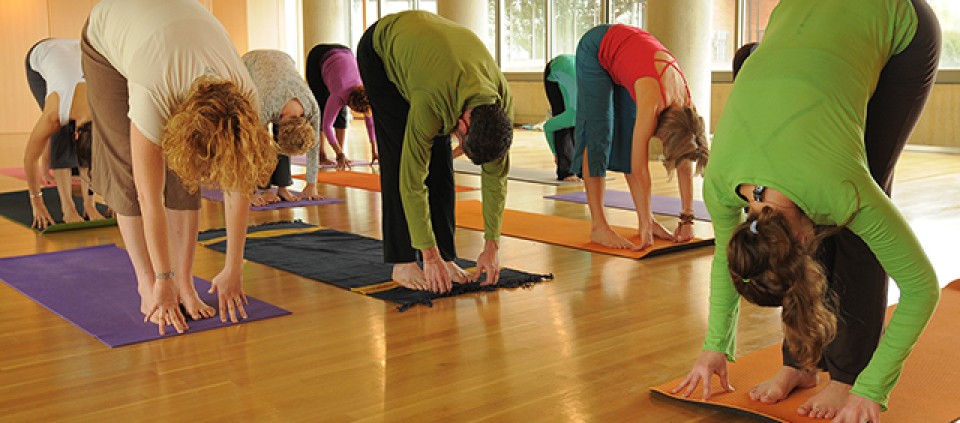The Benefits of Forward Bends

There are many benefits to forward bends, both standing and sitting. They create length and space in the spine, counteracting compression, and their inward nature can promote introspection. Yet forward bends can also be a challenge to many people, especially those with tight hamstrings. Common physical patterns, such as overstretched back muscles and rounded shoulders (most likely from sitting in front of a computer for hours) are often exacerbated in forward bending poses.
But as Former Dean of the Kripalu School of Yoga Cristie Newhart says, yoga can help us dissolve patterns so we can uncover fresh ways of looking and experiencing ourselves. This multifaceted awareness about how we move can help us cultivate a deeper, richer yoga practice, allowing us to discover new ease in our forward bends.
Cristie shares these tips for getting the most out of your forward folds:
Alignment is key. The action of forward bends, Cristie notes, is to fold at the hip crease, bringing the top of the pelvis forward. “Think of the way an old-fashion Rolodex flips forward,” she says. Other important alignment cues: lengthen the front of the body as you fold, keeping the neck and jaw relaxed, and engage the quadriceps so that the muscles around the knee are stabilized and protected. “Engaging the quads also helps the hamstrings to lengthen,” Cristie says, “and the support of the abdominal muscles below the navel allow for greater flexibility in the lumbar spine.” Until you can really feel the articulation of the hips, and the hamstrings are sufficiently open, Cristie says that it’s best to practice forward bends with a slight bend in the knees.
Props are your friends. Use blocks in standing forward bends if your hands don’t reach the floor easily. The support of the blocks will help you lengthen the spine Bolster your seat with blankets or cushions for sitting forward folds, and grab a strap or towel to help reach your feet. Props can make forward bends more efficient, Cristie notes, because they can help prevent over-rounding the back, release tense shoulders, and ease locked knees—all physical misalignments typical in these poses.
Don’t force it. Forward bends are not about how deep you can go but rather how deeply you can release. “Less is more,” Cristie says. There’s no need to struggle, or force the body to get into a position it’s not ready for. Instead, surrender to the present moment, notice the experience, and settle into the breath. As Cristie reminds us, “Honor the body where it’s at—let it unfold at its own pace.”